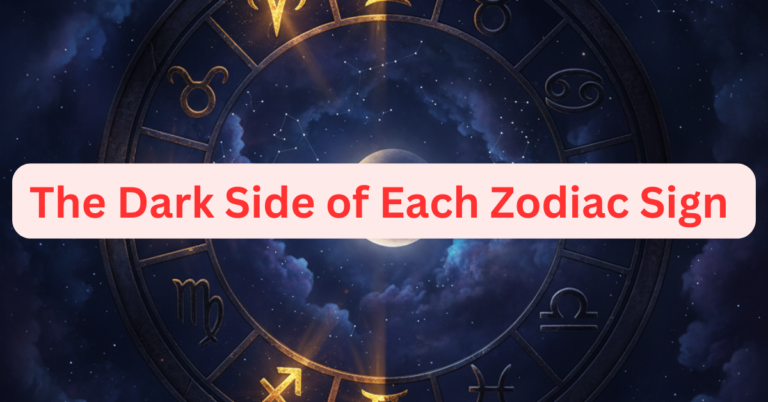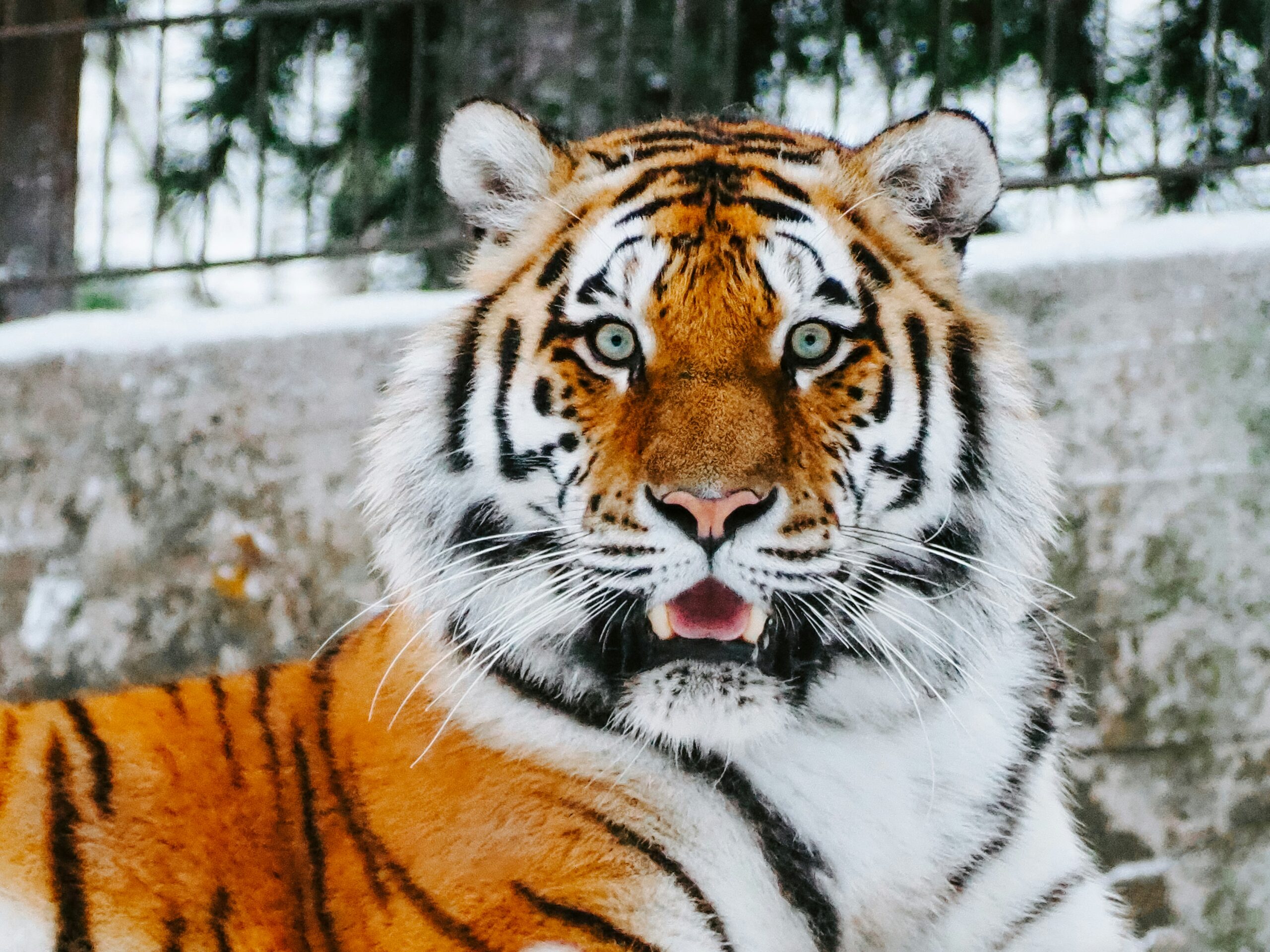
7 Unbelievable Hybrid Animals That Are Truly Real
Ever dreamt of a lion with tiger stripes or a bear with a polar bear’s coat? Believe it or not, these fantastical creatures aren’t just the stuff of fairytales. The animal kingdom is brimming with real-life hybrids – the offspring of two distinct species that have somehow managed to overcome biological barriers and create a unique blend of their parents’ traits.
These aren’t your average housecats bred with poodles. We’re talking about majestic grolar bears, playful wholphins, and even the awe-inspiring liger, the largest cat on Earth. Buckle up, because we’re diving into the fascinating world of hybrid animals!
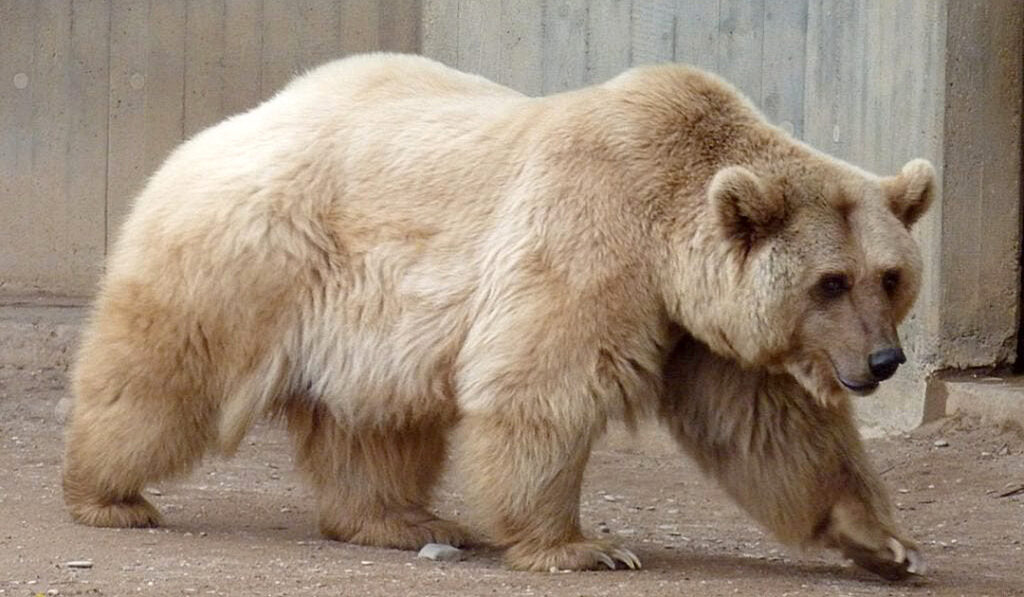
1. Grolar Bear (or Pizzly Bear):
Imagine a creature born from the icy plains and the dense forests – that’s the grolar bear, a captivating mix of the mighty grizzly and the majestic polar bear. Nicknamed “pizzly bear” for some, these behemoths are a product of our changing climate. As the Arctic sea ice melts, polar bears are venturing further south, encountering grizzlies in areas that were once separated. The resulting offspring inherit a fascinating combination of traits. Their fur can range from a mix of brown and white to a creamy blonde, sometimes with a grizzly’s humped back and the polar bear’s powerful claws. These “climate change bears” highlight the impact human activity has on animal behavior and habitats.

2. Wholphin:
Ever heard of a dolphin with the size and power of a killer whale? That’s the wholphin, a rare hybrid born from an unlikely union – a male false killer whale and a female bottlenose dolphin. These fascinating creatures showcase a blend of their parents’ physical characteristics. Their body shape leans more towards a dolphin, but they might have the distinctive black and white markings of a false killer whale. Wholphins are intelligent, playful animals, but unfortunately, their rarity makes it difficult to study them extensively.
3. Grizzlor Bear (Grizzly-Black Bear Hybrid):
Staying within the bear family, even species that might seem distinct can occasionally create hybrid offspring. Grizzlies and black bears, although classified as different species, can sometimes produce hybrids where their habitats overlap. These “grizzlor bears” are a testament to nature’s occasional blurring of lines. Their fur color can range from black to brown, with a build somewhere between the two parent species. They might even inherit the distinctive facial features of one parent over the other.
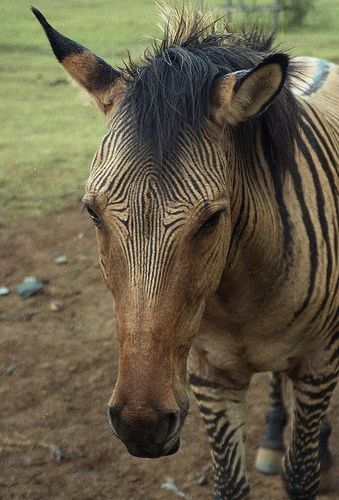
4. Mule:
One of the oldest and most well-known hybrids, the mule is a testament to the long history of human involvement in animal breeding. The offspring of a male donkey and a female horse, mules are prized for their strength, stamina, and surefootedness. They are infertile due to chromosomal incompatibility, meaning they can’t reproduce on their own. However, their exceptional work ethic has made them invaluable companions for humans for centuries, particularly in agriculture and transportation, especially in mountainous regions.
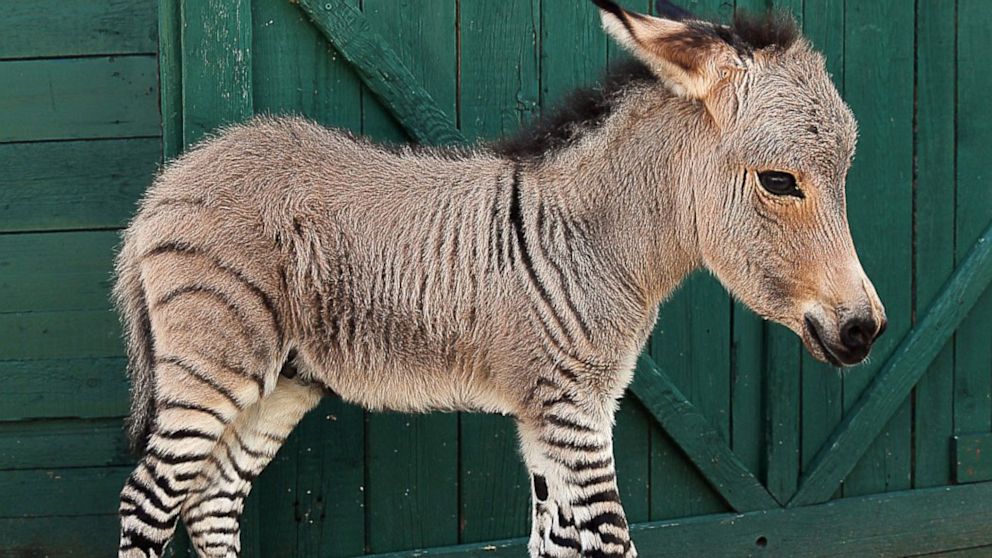
5. Zonkey (or Zebrdonk):
Picture a zebra with the sturdy build of a donkey. That’s exactly what you get with a zonkey, a hybrid born from a male zebra and a female donkey. While typically infertile, these fascinating creatures showcase the close evolutionary relationship between zebras and donkeys. Their striped coats are a captivating visual reminder of this genetic connection. Interestingly, the stripes on a zonkey can vary in width and pattern, making each individual unique.
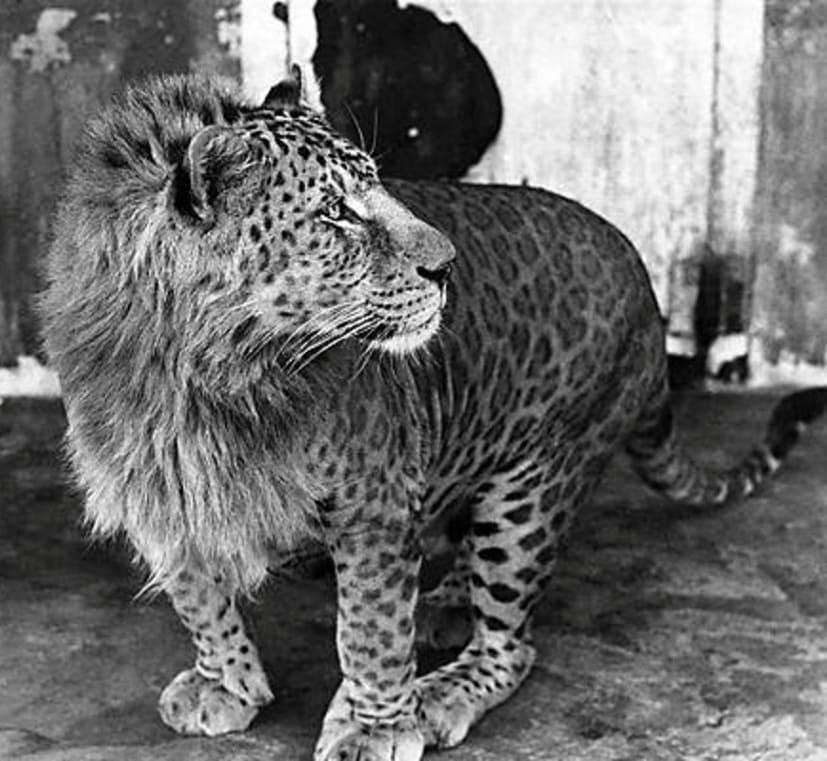
6. Leopon:
Imagine the majestic lion with the spotted grace of a leopard. The leopon, the offspring of a lion and a leopard, is a much rarer hybrid than its more famous cousin, the liger. These majestic cats have a spotted coat with the distinctive rosettes of a leopard, sometimes accompanied by a faint mane like a lion. While leopons can occur in the wild, it’s more likely in captivity where lions and leopards share enclosures. Their rarity and captivating appearance make them a sight to behold.

7. Liger and Tigon:
Perhaps the most well-known hybrids, ligers and tigons are the result of breeding lions and tigers. But there’s a crucial distinction to be made. Ligers, born from a male lion and a female tiger, are the biggest cats in the world, even larger than their parents! They can grow to truly enormous sizes, sometimes exceeding 1,000 pounds. Tigons, on the other hand, are the offspring of a male tiger and a female lion and tend to be smaller than ligers.
While these hybrids can be captivating, there are ethical concerns surrounding their breeding in captivity. Lions and tigers have distinct behavioral and physical needs, and improper care for these hybrids can lead to health problems. Responsible breeding practices and a focus on animal welfare are crucial when considering the creation of any hybrid animal.
Beyond the Fascination: The Complexities of Hybrid Life
While hybrid animals capture our imagination with their unique blend of traits, their existence isn’t always a fairytale. Here are some factors to consider:
- Fertility Issues: As mentioned earlier, many hybrids like mules and zonkeys are infertile due to chromosomal incompatibilities between the parent species. This means they can’t reproduce and create offspring of their own. While this isn’t necessarily a negative, it’s an important factor to consider when discussing the long-term viability of certain hybrid populations.
- Health Problems: Hybrids can sometimes inherit genetic abnormalities from their parents, leading to health complications or reduced lifespans. Careful monitoring and responsible breeding practices are crucial to ensure the well-being of these animals. For example, ligers, due to their immense size, can suffer from joint problems and other health issues.
- Ethical Concerns: The creation of certain hybrids, particularly those with significant health risks or behavioral issues, raises ethical concerns. For instance, some argue that breeding ligers and tigons solely for entertainment purposes is exploitative. Responsible breeding practices and a focus on animal welfare are essential when considering the creation of any hybrid animal. Ideally, such breeding should only occur in controlled environments that prioritize the health and well-being of the offspring.
A Testament to Nature’s Diversity
Despite the challenges, hybrid animals offer a window into the intricate dance of genetics and the remarkable diversity of the natural world. They remind us that even seemingly distinct species can, on rare occasions, bridge the gap and create something entirely new. As we continue to learn more about the animal kingdom, we may discover even more fascinating hybrid creatures waiting to be found.
The existence of these hybrids also highlights the interconnectedness of life on Earth. The blurring of lines between species, while not always common, showcases the adaptability and resilience of the animal kingdom. Understanding these hybrids can teach us valuable lessons about genetics, conservation, and the delicate balance of ecosystems.
So next time you think you’ve heard of a mythical creature, take a moment to research – it might just be a real hybrid animal, a living testament to the wonders and complexities of the natural world.





